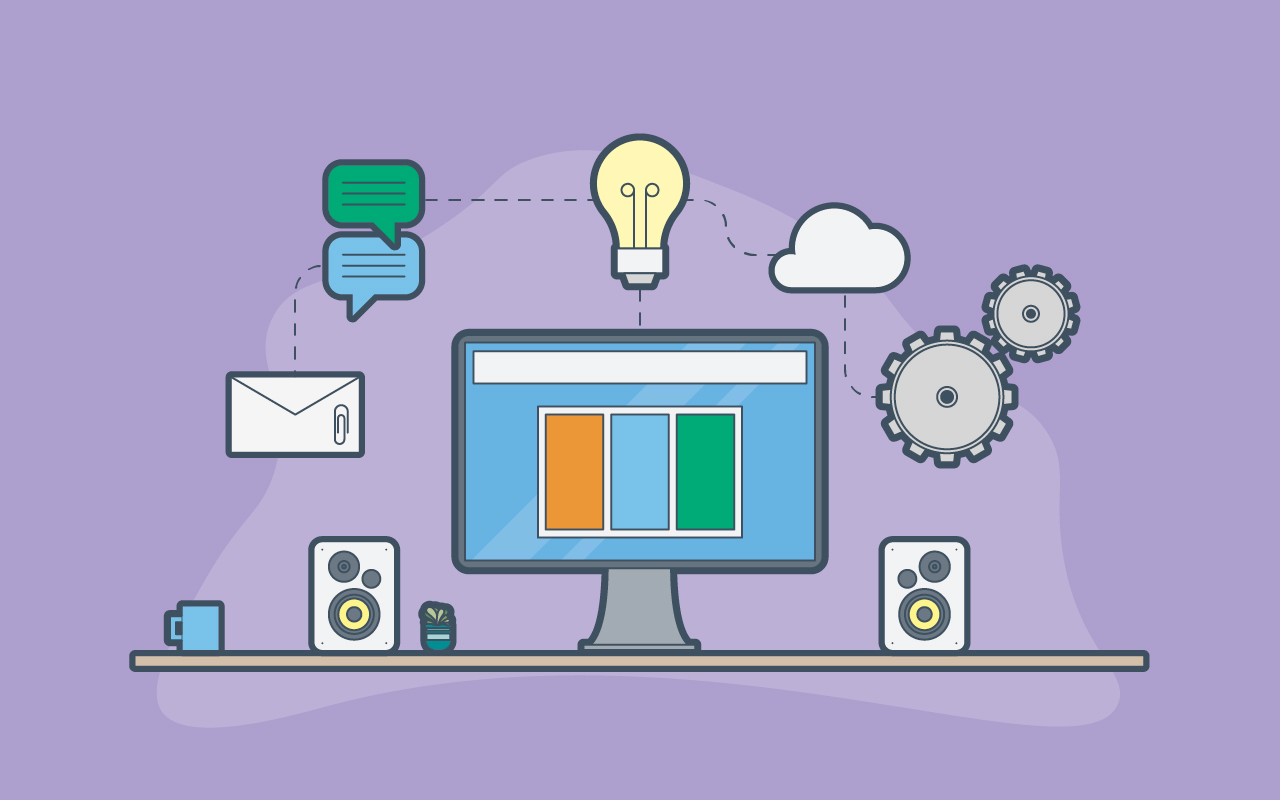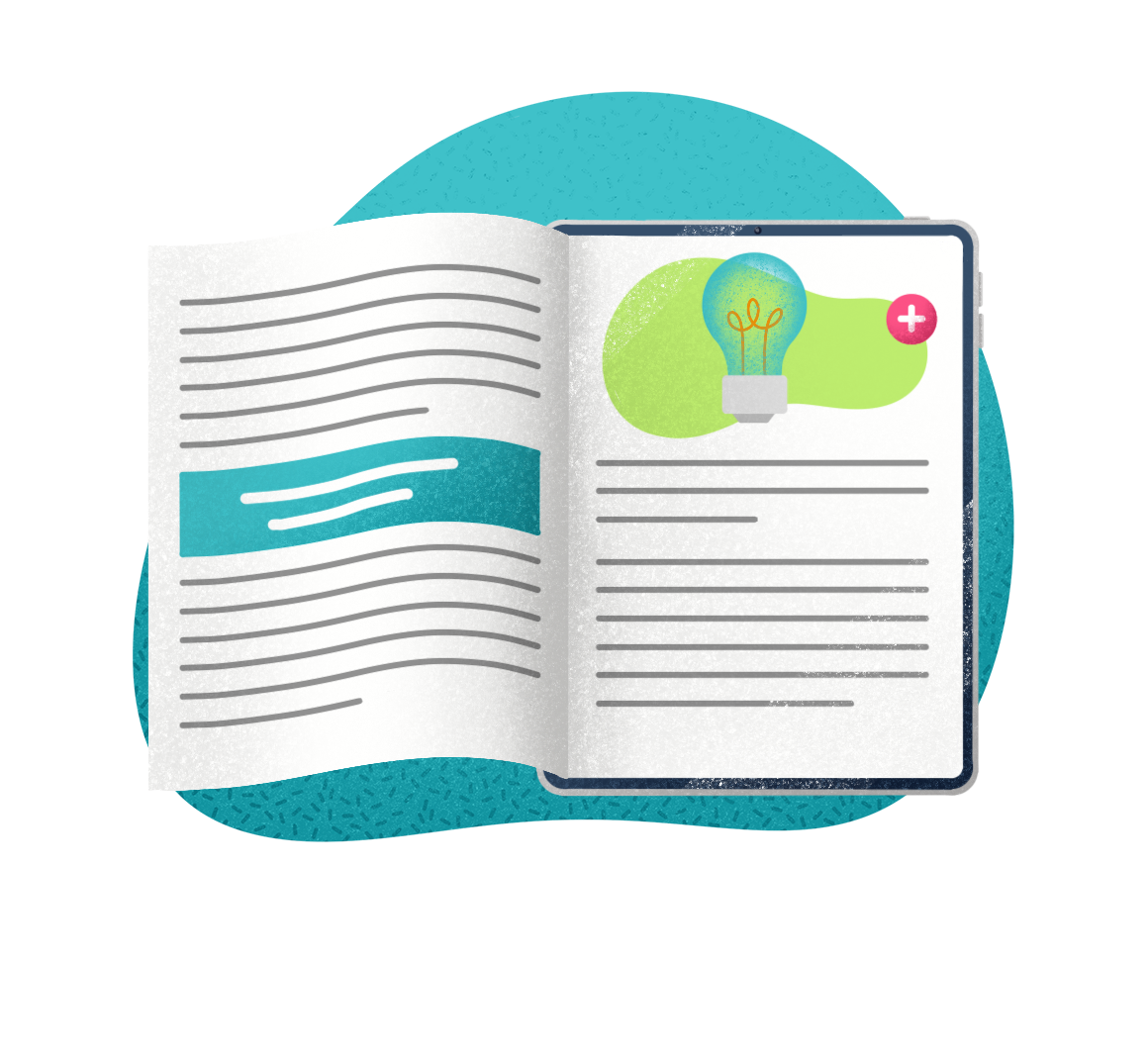Due to the ever-changing events of the past several months, your IT support teams are working harder than ever before. To streamline this support, IT leaders have been looking to IT service management software for workflow automation capabilities.
The ability to automate business workflow with ITSM can help empower agents, save money, and improve productivity – but it is important to understand the processes that can be automated and a few do’s and don’ts before moving forward with any automation project.
What is ITSM Automation?
Defining clear processes is the foundation that must be laid before automation can be implemented successfully. As Bill Gates once said, “Automation applied to an inefficient operation will magnify the inefficiency.”
ITSM and ITIL provide that set of processes and best practices, which will form the base of automation. To automate business workflow with ITSM, you will need a comprehensive ITSM automation tool. ITSM automation refers specifically to programs and digital methods of use and delivery of ITSM and ITIL processes and best practices.
Workflow automation is the process of automating a sequence of events, like file routing, information sharing, and human tasks between systems or people. Workflow automation is known by many different names. For example, you may have heard workflow automation referred to as process automation, automated execution, process mapping, or simply work processes.
Defining ITSM processes
Many ITSM processes can be automated but knowing where to begin is tricky. The following areas, as defined by Axelos, can either be partially or totally automated. Remember, automation relies on information entered by human agents, so in order for these processes to fully function within automation, the information input must be correct.
Service Request Management
ITSM software is largely used to field service requests, and the service desk should serve as the single point of contact for service requests. A formal request from a user for something to be provided – for example, a request for information or advice; to reset a password; or to install a workstation for a new user. Service requests are managed by the request fulfilment process, usually in conjunction with the service desk. Service requests may be linked to a request for change as part of fulfilling the request, which makes this one of the simpler items to automate.
In terms of workflow automation, service requests can be automated to route to a pre-selected agent or agent type per task type, triggering subsequent workflows (like change or incident management).
Knowledge Management
Knowledge management is the process responsible for sharing perspectives, ideas, experience and information, and for ensuring that these are available in the right place and at the right time. Knowledge management can be easily automated with the help of a service knowledge management system (SKMS), aided by AI technology.
An SKMS is a set of tools and databases that is used to manage knowledge, information and data. The service knowledge management system includes the configuration management system, as well as other databases and information systems, and includes tools for collecting, storing, managing, updating, analyzing and presenting all the knowledge, information and data that an IT service provider will need to manage the full lifecycle of IT services.
To give an example of knowledge management automation, imagine a chatbot which triggers different knowledge articles, that then lead to the correct workflow, thereby flagging requests with the knowledge that was accessed. This can speed up service delivery and create a smoother user experience.
IT Asset Management
IT asset management is the process responsible for tracking and reporting the value and ownership of assets throughout their lifecycle. This is one of the most commonly automated workflows available within ITSM, because it allows the support desk to quickly see which assets will need to be upgraded or replaced, and which are currently in use.
For example, you can see IT asset management automation in action when assets are tracked in an ITSM software, and an employee needs to move or change work locations. Using automation, you (or the employee) can quickly input the new work location which triggers actions alerting the support desk of the assets being taken while creating an automatic request for assets which are unable to move between locations.
Incident Management
When deciding to automate business workflow with ITSM, incident management often comes to mind. Incident management is the process responsible for managing the lifecycle of all incidents, and ensures that normal service operation is restored as quickly as possible to minimize business impact (not to be confused with problem management).
Automation of incident management can create a much smoother process when incidents occur. For example, with workflow automation if a system goes down it will trigger an alert to the support desk, routing automatically to the correct person or group, subsequently working down the flow until the incident is resolved and the customer is automatically alerted that it is back in working order.
 Photo of automated workflow from EasyVista Service Manager.
Photo of automated workflow from EasyVista Service Manager.
Automating Your Business ITSM Workflow: What To Do and Not To Do
Before you begin to implement automated workflows within ITSM tools, there are a few dos and don’ts to be aware of. With these in mind, you can begin to automate business workflow with ITSM.
DO: Review and Document Existing Workflows
Before you build a new workflow, make sure to review and document workflows already in use. This includes manual workflows, which may be communicated via word-of-mouth.
DON’T: Overcomplicate Your Workflows
It is tempting to throw the kitchen sink in your workflows, but remember: you don’t want your processes to get tied in proverbial knots.
DO: Map and Build Out Existing Workflow
Just as you started by reviewing existing workflows, you should begin by mapping and building out the workflows you already have before creating new ones. Then, once you have finished mapping and building existing flows, you can move onto new ones.
DON’T: Use Inconsistent Language During Automation Setup
Automation is built on language. That is to say, you should be consistent in the naming conventions that your organization already uses to avoid confusion. Naming and language should be extremely consistent and easy to interpret.
DO: Identify Which Actions Will Be Triggered by Chatbots
When creating your workflows, it is helpful to indicate which actions will be triggered by chatbots and which will be triggered by human actions. This can help route the workflow to the right person and the right solution more quickly.
DON’T: Neglect Documentation
As you create your workflows, documentation can help you prevent any accidental errors. If there is something that throws the rest of the flow off, you will be able to review your documentation to find the broken link.
DO: Identify Which Actions Will Require Self-Service
Your workflows might require self-service – in fact, they should. A self-service portal will help shift-left. However, you will need to identify ahead of time which actions will be included in self-service, and which should be performed by human agents.
Choosing Automation Workflow Software For Your Organization
Choosing the right workflow automation software for your IT department can help prevent major issues later on. A fully integrated platform with ITIL processes can make each of these capabilities listed above possible. Check out our video below to learn more about EasyVista’s workflow automation processes within our ITSM platform.
Automating your business workflow with ITSM puts more time back in your day, improves efficiency, and increases profit. By eliminating mundane tasks with automation, your company will see a major cost reduction. This is just one example of how automation can enhance and improve the employee experience.
To learn more about EasyVista, request a demo here!
Infographic – The status of SMB IT in 2026
Explore how AI, automation & integrated ITSM/ITAM are reshaping IT strategy—at every scale.



